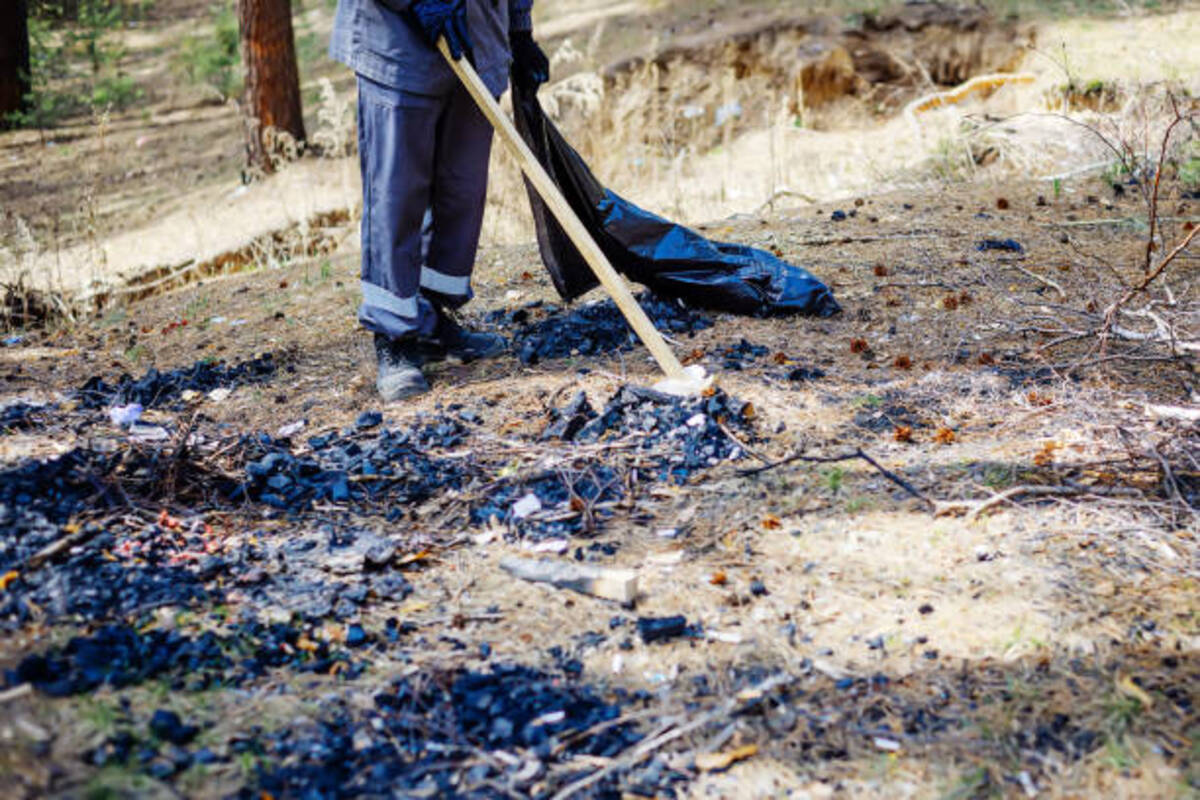What Are the Best Practices for Hoarder Cleanouts?

Hoarder cleanouts are complex and emotionally charged tasks that require careful planning, sensitivity, and efficiency. Whether you’re a professional cleaner, a family member, or a friend helping out, understanding the best practices for hoarder cleanouts can make the process smoother and more effective. This article will guide you through the essential steps and considerations for successful hoarder cleanouts, ensuring safety, compassion, and thoroughness.
Understanding the Hoarder’s Mindset
Hoarding is more than just clutter. It’s often a symptom of deeper psychological issues such as anxiety, depression, or obsessive-compulsive disorder (OCD). When approaching a hoarder cleanout, it’s crucial to recognize the emotional attachment the hoarder may have to their belongings. Compassion and patience are key. Engage in open, non-judgmental communication to understand their perspective and encourage cooperation.
Initial Assessment and Planning
Before diving into the cleanup, conduct a thorough assessment of the situation. This includes understanding the extent of the hoarding, identifying safety hazards, and determining the necessary resources. Creating a detailed plan is essential for organizing the cleanout process efficiently. This plan should include timelines, task delegation, and a checklist of supplies needed, such as gloves, masks, and cleaning products.
Assembling a Support Team
Hoarder cleanouts are demanding and can be overwhelming for a single person. Assemble a team of supportive individuals who can assist with the physical labor and provide emotional support. This team may include professional cleaners, mental health professionals, family members, and friends. Each member should understand their role and be prepared for the challenges ahead.
Safety First: Personal Protective Equipment
Safety is paramount during hoarder cleanouts. Personal Protective Equipment (PPE) is essential to protect against potential hazards such as mold, dust, and sharp objects. Equip your team with gloves, masks, safety goggles, and sturdy footwear. Ensure everyone is aware of the risks and trained on how to handle hazardous materials safely.
Effective Sorting and Categorizing
Sorting through a hoarder’s belongings can be an arduous task. Implementing a systematic sorting method can streamline the process. Use categories such as keep, donate, sell, and discard. Encourage the hoarder to participate in this process to help them feel more in control and to make decisions about their possessions.
Handling Hazardous Materials
Hoarder homes may contain hazardous materials such as expired food, chemicals, and biological waste. Proper disposal of these items is critical to ensure the safety of everyone involved. Consult local regulations for disposing of hazardous waste and consider hiring a professional if the situation is particularly severe.
Cleaning and Sanitizing
Once the clutter is removed, the next step is to thoroughly clean and sanitize the space. This includes deep cleaning floors, walls, and surfaces to remove dirt, dust, and any potential biohazards. Use industrial-grade cleaning products and equipment to ensure a hygienic environment. This step is crucial for transforming the space into a livable condition.
Psychological Support and Counseling
Addressing the underlying issues that contribute to hoarding is essential for preventing relapse. Providing psychological support can help the hoarder deal with anxiety and stress associated with the cleanout. Encourage ongoing counseling and therapy to help them develop healthier habits and coping mechanisms.
Establishing New Habits and Routines
After the cleanout, it’s important to help the hoarder establish new habits to maintain a clutter-free environment. Creating routines for regular cleaning and organizing can prevent the recurrence of hoarding behaviors. Provide tools and strategies for effective organization, such as storage solutions and decluttering techniques.
Professional Help and Resources
Sometimes, hoarder cleanouts require professional intervention. Hiring professional hoarder cleanout services can ensure a thorough and efficient process. These professionals are trained to handle extreme cases and can provide valuable resources for ongoing support. Additionally, connecting the hoarder with community resources and support groups can be beneficial for their recovery.
Legal and Ethical Considerations
In some cases, hoarding can lead to legal issues, especially if the property poses health and safety risks. Understanding the legal implications and rights of the hoarder is crucial. Ensure that all actions taken during the cleanout are ethical and respectful, and seek legal advice if necessary to navigate any complexities.
Follow-Up and Maintenance
A successful hoarder cleanout doesn’t end once the space is cleared. Regular follow-up and maintenance are vital to ensure the hoarder continues to live in a healthy environment. Schedule periodic check-ins and offer ongoing support to address any challenges that may arise. This proactive approach can prevent future hoarding tendencies.
Conclusion
Hoarder cleanouts are challenging but rewarding endeavors that require a combination of compassion, planning, and execution. By following these best practices, you can ensure a safe, respectful, and effective cleanout process. Whether you’re helping a loved one or providing professional services, these guidelines will help you navigate the complexities of hoarder cleanouts with care and efficiency.





